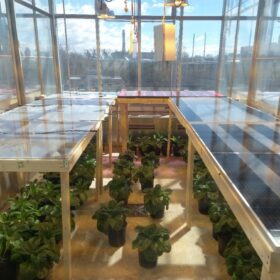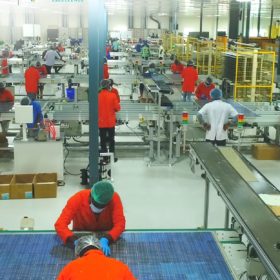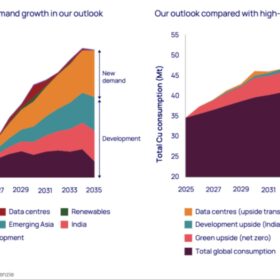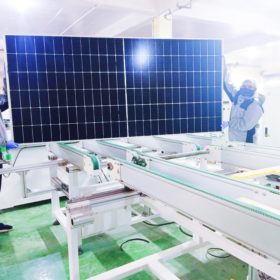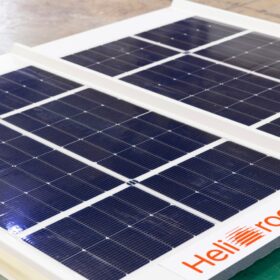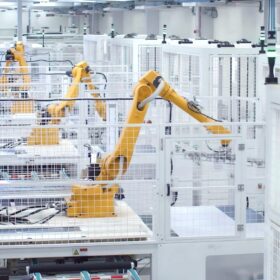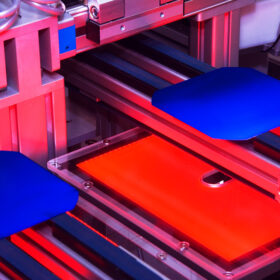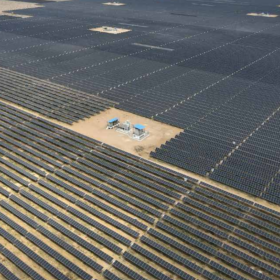Cadmium telluride vs. crystalline silicon in agrivoltaics
Canadian researchers investigated how the transparency of cadmium telluride and crystalline silicon solar panels affects lettuce growth in agrivoltaic systems. They found that 69%–transparent silicon panels increased lettuce yield by 3.6%, whereas cadmium telluride panels led to a reduction in yield.
Beyond energy independence: Backward integration as India’s edge
Countries reliant on imported minerals and components are rethinking energy strategies in solar, batteries, and green hydrogen. Securing upstream and midstream processes is no longer optional but essential for flexibility. India’s integrated approach across mining, processing, and manufacturing positions the country as a challenging player on the world stage.
Vikram Solar posts 1,636.5% YoY growth in Q2 profit
Vikram Solar has posted a consolidated revenue of INR 1,109.9 crore for Q2FY26, up 93.7% year-on-year (YoY). PAT for the quarter rose 1,636.5% YoY to INR 128.5 crore with a PAT margin of 11.58%.
Waaree Energies reports best-ever quarterly performance
Waaree Energies Ltd has reported a total income of INR 6,226.54 crore for Q2 FY2026, marking a stellar 69.96% year-on-year (YoY) growth. Net profit (profit after tax) for the quarter surged by 133.78% YoY to INR 878.21 crore.
Copper demand to rise 24% by 2035, says Wood Mackenzie
Demand for copper, often considered as one of the most valuable alternatives to silver in solar manufacturing, is expected to increase by almost a quarter globally by the middle of next decade. Wood Mackenzie says the energy transition is one of four ‘disruptors’ that could cause demand to increase further.
Saatvik Green Energy receives orders worth INR 689.47 crore for supply of solar PV modules
Saatvik Green Energy announced today that it has received orders for the supply of high-efficiency solar PV modules worth INR 689.47 crore. The orders have been placed by multiple private-sector power producers and EPC installers across India.
ArcelorMittal starts BIPV module production in France
ArcelorMittal has started producing its Helioroof building-integrated PV modules in France. The steelmaker says the system aims to simplify energy retrofits for commercial and industrial roofs.
Gautam Solar receives ALMM and BIS approval for 640 Wp TOPCon PV modules
Gautam Solar has announced that its 640 Wp R-Series TOPCon solar modules have received approvals from both the Approved List of Models and Manufacturers (ALMM) and the Bureau of Indian Standards (BIS).
New standard for U.S. Customs solar supply chain compliance
To help importers vet compliance with the Uyghur Forced Labor Prevention Act and other supply chain traceability requirements, the Solar Energy Industries Association released the Standard 101, which was recently approved by the American National Standards Institute.
OCI Holdings acquires 65% stake in 2.7 GW Vietnamese solar wafer factory
South Korea’s OCI Holdings is entering the solar wafer business with a majority stake in a wafer plant in Vietnam valued at $120 million. The facility will produce solar wafers for the U.S. market.
